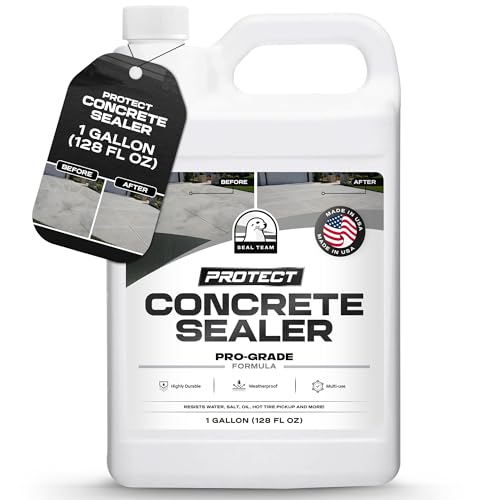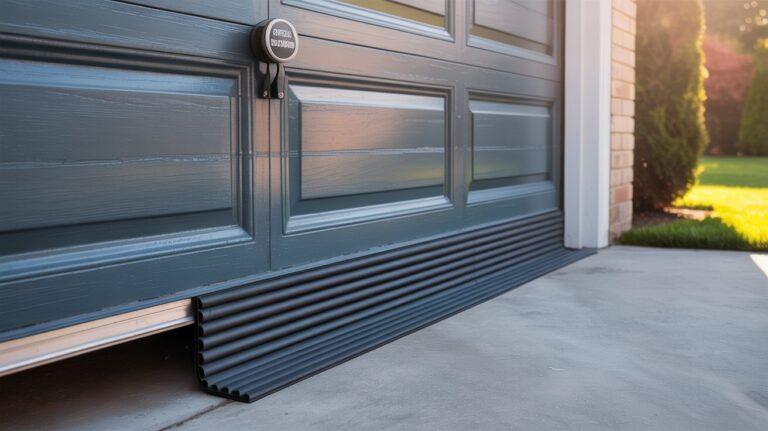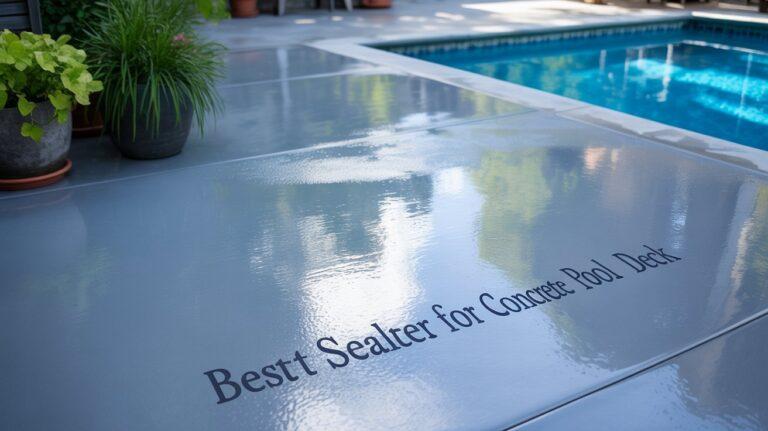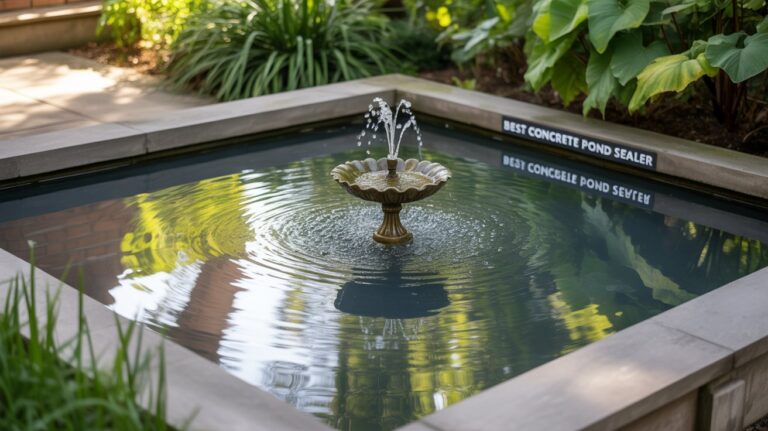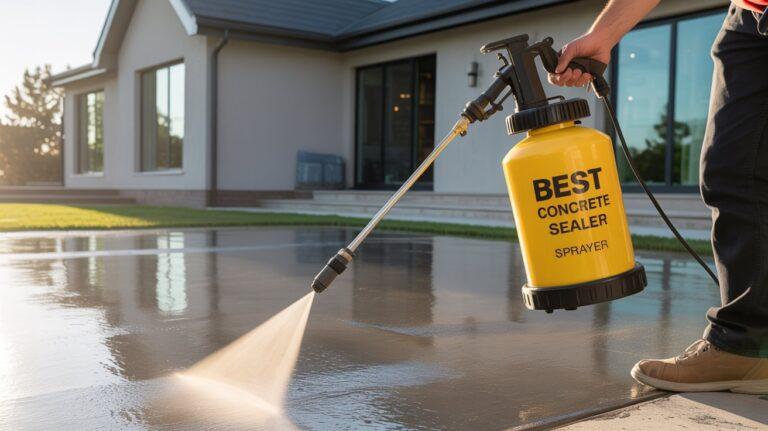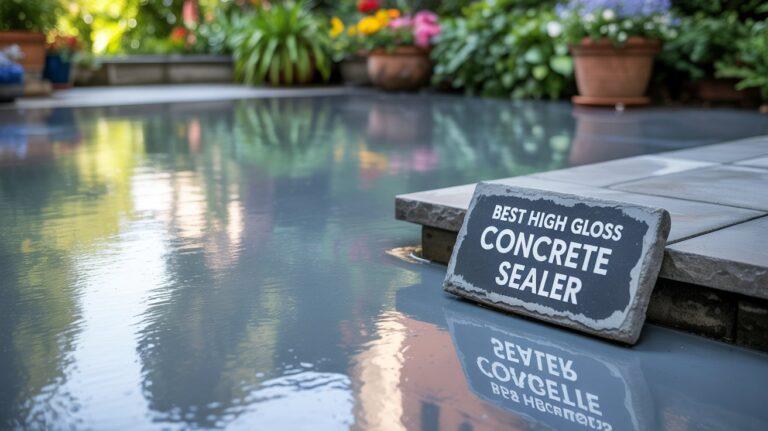The Beginner’s Guide: How To Seal Bottom Plate To Concrete
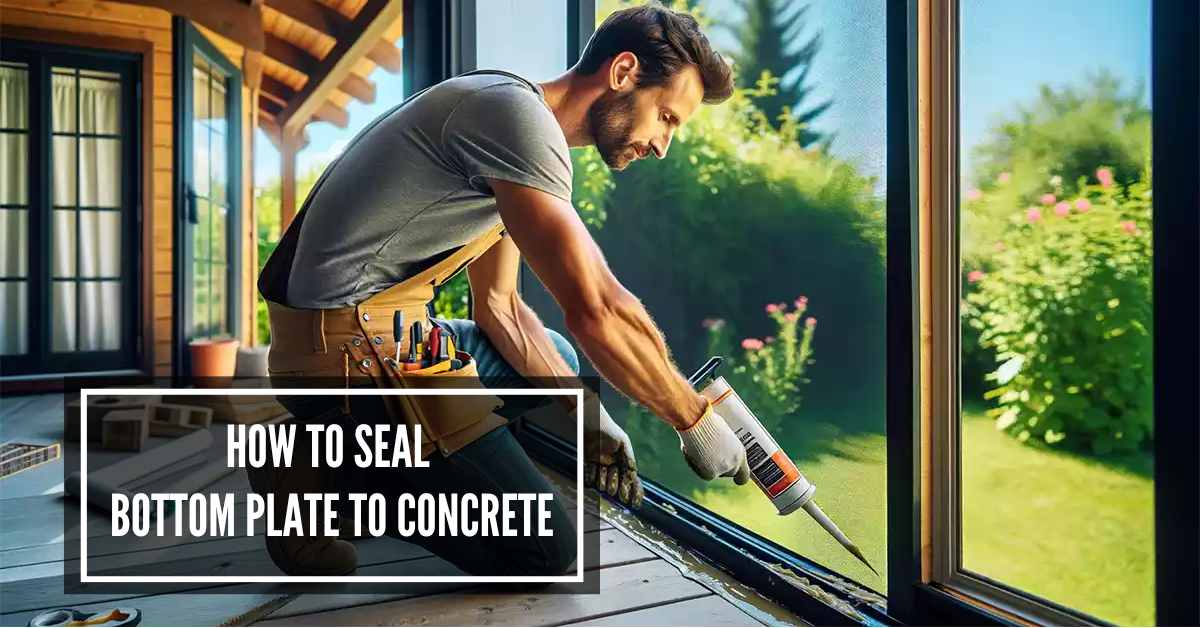
Place the sill plate boards directly on top of the foundation wall to take the measurement. Then, install a termite shield to prevent termites from accessing beneath the foundation through different joints. Then, seal the sill plate with a sill sealer or a solvent-based polyurethane caulk. Finally, secure the sill board and rim joists.
When it comes to providing optimal protection to a basement bottom plate, you must know how to seal bottom plate to concrete. Curious? Don’t stop now—there is more to discover!
How To Seal Sill Plate On Concrete : A Detailed 4-Step Process
Have you decided to install sill plates to concrete without any sealant? Think twice before taking such actions.
Sealing the bottom plate into concrete is necessary to reduce air leaks and form a continuous air barrier to protect the foundation.
It will work as a moisture capillary to prevent water and bugs from seeping through the gaps. Let’s learn how to seal the bottom plate step by step.
Step: 01— Foundation Preparation and Sill Plate Installation
Place the sill plate boards directly on top of the foundation wall. Proper alignment is a must for these horizontal wooden planks to ensure the building’s stability, levelness, and structural integrity.
Measure the thickness of the protective covering. It can be plywood or OSB. Maintain an equal distance of this sheathing thickness while placing the sill plate on the outer side of this horizontal wooden board.
Identify specific points on the foundation where you will place heavy-duty anchor bolts. This marking ensures precision and accuracy in the installation process. Now, use your drill machine to create holes at the marked points. Now, keep the sill plate boards aside in a safe place.
Step: 02— Termite Shield Installation
If you want, install a termite shield. But it is not mandatory. Household owners mainly install them to prevent termites from accessing the foundation through different joints.
Position the sheet metal fabrication at the outermost boundary of the foundation wall.
The edge of the structure protrudes outward from the building’s outer surface. It is folded or angled downward to prevent water from running down the wall and pooling or leaking into vulnerable points. Besides, you can see termites more easily.
Use a self-leveling, two-component epoxy sealant for sealing termite shields. They have a decent waterproof and moisture-proof property to fill those hard-to-reach gaps.
You can also use epoxy for gluing the joints in the flashing area. Alternatively, soldering can do the job. This low-melting-point metal alloy can form a strong, durable bond.
Step: 03— Foundation Sealing and Anchor Bolts
Next, straighten the sill sealer by unrolling it along the outer edge of the foundation wall.
Apply a little force to flatten it against the surface and ensure proper adhesion.

Cut the sill seal correctly to fit over anchor bolts. Apply caulk around anchor bolts to ensure no air leakage around the bolt head.
Allow the caulk to dry properly. It is a good rule of thumb to wait at least 4-5 hours before taking the next step. Of course, you want to follow the manufacturer’s instructions.
Step: 04— Securing Sill Board and Rim Joists
Place the sill board on top of the termite shield, sill sealer, and anchor bolts.
Now, use nuts and washers to fasten anchor bolts by distributing the load over the surface. It will also prevent looseness and provide protection.
Install high-quality rim joists to support the weight of the floor sheathing. It must sit properly on top of the basement walls.
Apply caulk at the junction where the rim joist meets the sill plate. This will help you fill gaps and create a tight barrier.
What To Use To Seal Bottom Plate To Concrete?
What sealant have you decided to use to seal the sill plate to concrete? You have a huge number of options to choose from. But are all of them as reliable as you want them to be?
The following are some of the best products to seal the bottom plate to concrete. Let’s figure out them!
Sill Sealer
When it comes to sealing the bottom plate to a concrete surface, sill sealers or sill gaskets are one of the best choices.
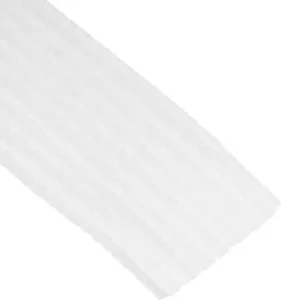
This durable and moisture-resistant sealer prevents insects from entering a building. It is good at maintaining the energy effectiveness of a structure.
This closed-cell foam creates an air seal between the foundation wall and the sill plate. But it is more effective for smooth-topped foundations.
Sill seals are not the best choice for rough-topped foundations as they will likely develop uneven gaps.
Solvent-based Polyurethane Caulk
Polyurethane caulks are another best option for sealing a house’s sill plate. Sealing the gap between the sill plate and the concrete foundation is a perfect choice.
Extreme water conditions and temperature fluctuations will not affect its durability. It will not lose its function even after exposure to UV rays.
Use a solvent-based polyurethane caulk, as they adhere well on concrete surfaces appropriately.

This multi-purpose adhesive and sealant will create a barrier to prevent moisture from seeping upwards through the concrete.
Avoid using any Latex or pure silicone caulks. Latex caulks are more likely to become stiff and slightly damaged. Make sure to use a caulking that has “minimal expansion.”
Bonus Tips For Sealing Bottom Plate To Concrete
01. Make sure the concrete surface is cleaned correctly and there is no dust and debris. It will ensure proper adhesion.
02. If you are using a caulk, maintain a continuous bead to prevent unwanted peeling-up issues.
03. Use a putty knife or caulking tool to smooth the sealant and maintain an even and consistent application.
04. Periodically check the sealant for signs of wear or damage. If needed, reapply the sealant to maintain the integrity of the seal over time.
FAQ’s
What is the best type of sealant for sealing bottom plates to concrete?
Polyurethane or silicone-based sealants are generally the best choices due to their durability, flexibility, and moisture resistance.
Is it necessary to seal the bottom plate in all types of buildings?
Yes, it’s recommended in all types of construction to prevent moisture damage and ensure structural integrity.
Can weather conditions affect the sealing process?
Yes, dry and mild weather is best for sealing; humidity and temperature can affect the sealant’s performance.
Can I seal bottom plates myself, or should I hire a professional?
This depends on your skill level and the project’s complexity. Simple sealing tasks can often be DIY, but for more complex or large-scale projects, it’s advisable to hire a professional.
How do I prepare the surface for sealing?
Clean the surface thoroughly to remove any dirt, debris, or existing moisture. Ensure the area is dry before applying the sealant.
What are the risks of not sealing the bottom plate correctly?
Risks include water damage, potential rot in wooden plates, mold growth, and compromised structural integrity.
Summing Up
Whether you are using a sill sealer or a polyurethane caulk, correctly applying the product is a must to get the best result and protect your basement foundation.
I have already mentioned how to seal the bottom plate to concrete step by step. Regardless of the product you use, ensure it is compatible with your sill plate and provides long-term protection.

I am Robert Sandin, a professional sealing expert with a diverse range of expertise. From concrete to various other materials, I possess in-depth knowledge and experience in the art of sealing. On my website, I offer valuable tips and expert recommendations on sealing techniques and products for different materials. Whether it’s concrete, wood, metal, or more, I am committed to providing you with the guidance you need for successful sealing projects.

